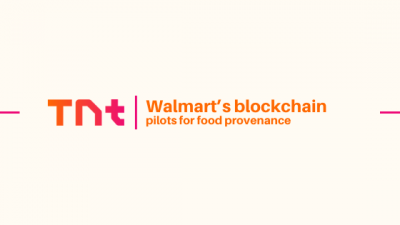Despite technological advances in electronic health record keeping and patient portals, the fundamental challenges of connecting patients, providers, and families remain a difficulty, with friction points throughout the care journey.
Consider the daily reality of modern health care: Physicians devote nearly half their workday to EHR tasks rather than direct patient care, according to a study that appeared in the Annals of Internal Medicine. On the patient side, 61% of patients report avoiding doctor visits because of scheduling difficulties. And even with 70% of hospitals engaged in interoperable health information exchange, families struggle to access and interpret vital health information about their loved ones as they seek treatment across multiple facilities.
These statistics reflect a health care system where information flows poorly between stakeholders, creating frustration, confusion, and potentially compromised care.
“The immediate technical challenge involves creating systems that can translate complex medical information while maintaining privacy safeguards,” said Simcha Hyman, CEO of the New York-based family office TriEdge Investments, which focuses on health care technology solutions. “The longer-term challenge involves integrating these systems into existing workflows without disrupting care delivery.”
AI as Interpreter
The emergence of large language models presents a potential solution to this longstanding problem. Unlike previous technological approaches, these AI systems can dynamically interpret and translate complex medical information for different audiences.
“With LLMs, we can now let a doctor enter a chart note and give family members the ability to interpret it based on their level of clinical understanding,” said Hyman.
Health insurtech company Oscar Health has already implemented similar technology, using OpenAI systems to transform clinical documentation. Their implementation has reduced documentation time by nearly 40%, allowing clinicians to focus more on patient care.
The Hidden Cost of Communication Failures
The communication breakdown in health care contributes significantly to another pressing crisis: provider burnout. According to the American Medical Association:
- 46% of physicians report excessive time spent on electronic health records outside work hours.
- Only 50.4% of physicians felt valued by their organization.
- 70% of oncology respondents reported experiencing burnout.
An October 2024 Google Cloud survey revealed that doctors, nurses, and insurance staff face overwhelming administrative burdens. Clinicians spend approximately 28 hours per week on paperwork, while insurance personnel devote about 36 hours to administrative tasks. This workload directly fuels burnout, with 82% of clinicians attributing their exhaustion to administrative responsibilities.
On the plus side, initial implementations of ambient AI technology show promise for reducing this burden. Stanford Health Care reported that in their pilot program, 78% of physician users said it expedited note-taking, and 96% found it easy to use. A University of California, San Diego study found that AI tools can help draft more empathetic and comprehensive responses to patient messages, with physicians reporting reduced cognitive burden. The UCSD study involved LLMs drafting responses that would be directly communicated to patients, with physicians acting as a check with the ability to edit as needed, rather than draft responses from scratch.
The Long-Term Care Communication Challenge
The communication gap becomes particularly acute in long-term care settings, where family members often struggle to obtain clear information about their loved ones’ condition and care.
“We are working on technology to give family members direct insight into what’s going on with their loved one while they’re in a facility, and that will open channels of communication with different department heads in a much more efficient way,” notes Hyman, whose background includes extensive experience in nursing home operations.
For facilities implementing AI-enhanced communication systems, the potential benefits extend beyond improved family satisfaction, including:
- Increased transparency with real-time insights into patient care.
- Reduced family anxiety through consistent information flow.
- Delivery of personalized information tailored to recipients’ needs.
- Staff time freed from repetitive explanations.
- Improved coordination between families and care teams.
These improvements address key challenges in long-term care settings while potentially reducing costs associated with human error caused by staff turnover and communication failures.
Building Effective Health Care AI
Simcha Hyman is quick to emphasize that successful AI technology must address real needs in health care rather than chase industry hype.
“We find that many companies building health care technology don’t actually understand the real problems,” he says.
This perspective has shaped implementation approaches that focus on starting with specific user pain points, providing appropriate training for all stakeholders, and measuring both qualitative and quantitative outcomes.
Implementation success depends on combining technological sophistication with deep health care operational knowledge. Companies developing these systems must navigate complex regulatory environments, privacy requirements, and the fundamental challenge of translating medical information appropriately.
The Road Ahead
As health care organizations continue exploring AI applications, family-provider communication is a promising area with potential for immediate benefits. Enhancing transparency and information flow using these technologies could create more connected and effective health care environments.
Ultimately, the goal extends beyond technological implementation to fundamental health care improvement.
“The goal is to work with health care organizations to give them the ingredients to solve these problems effectively,” says Hyman.
Information contained on this page is provided by an independent third-party content provider. Binary News Network and this Site make no warranties or representations in connection therewith. If you are affiliated with this page and would like it removed please contact [email protected]



Comments